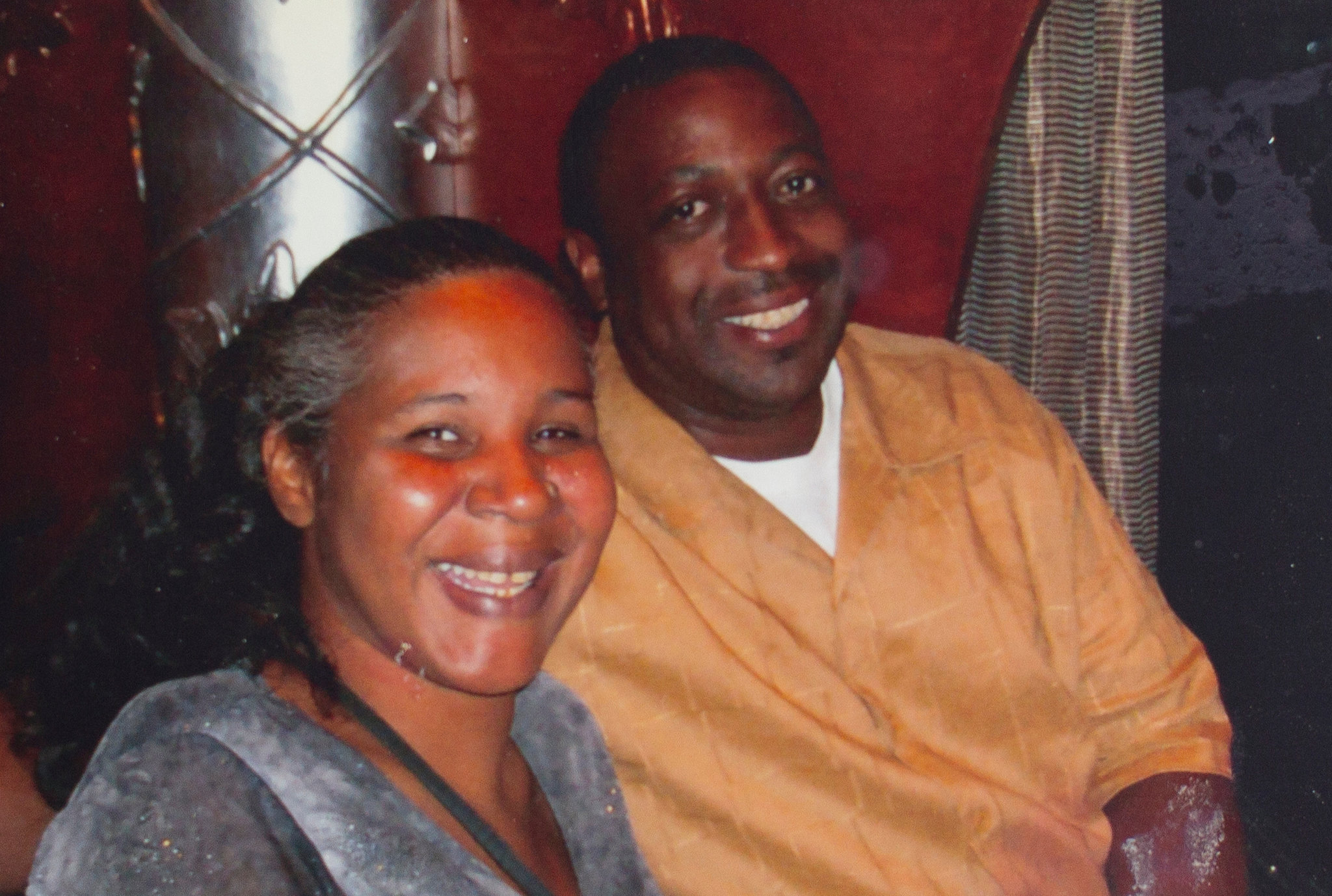Eric Garner Murdered by NYPD (2014)
Thu Jul 17, 2014

Image: Eric Garner and his wife, Esaw, during a family vacation in 2011 [New York Times]
On this day in 2014, Eric Garner was murdered by the NYPD, choked to death after police suspected him of selling loose cigarettes. Garner said "I can't breathe" 11 times before dying. The man who filmed his death was poisoned in prison.
Eric Garner (1970 - 2014) was a former horticulturist at the New York City Department of Parks and Recreation, father of six, and grandfather of three. On July 17th, 2014, was approached by Justin D'Amico, a plainclothes officer, in front of a beauty supply store in Tompkinsville, Staten Island. D'Amico suspected Garner of selling loose cigarettes.
Garner stated "Every time you see me, you want to mess with me. I'm tired of it. It stops today...I'm minding my business, officer, I'm minding my business. Please just leave me alone. I told you the last time, please just leave me alone."
After refusing to be handcuffed, 29-year old officer Daniel Pantaleo put Garner in an ultimately fatal chokehold. Despite Garner stating "I can't breathe" eleven times before losing consciousness, the several officers on scene did not come to his aid.
Ramsey Orta, a member of Copwatch, filmed the incident. Following a campaign of police harassment after the video went viral, he was arrested on weapons charges.
Before being imprisoned in Rikers, Orta claims a cop told him he'd be better off killing himself before being jailed. While in prison, Orta was poisoned by prison staff and at one point only ate food that his wife brought him. In May 2020, Orta was released from Groveland Correctional Facility.
Garner's death was protested internationally and became one of many police killings protested within the Black Lives Matter movement. Some perpetrators of violence against police have cited Garner's murder as a motive.
A grand jury elected to not indict Pantaleo on December 3rd, 2014. After the decision, Garner's widow was asked whether she accepted Pantaleo's condolences. She replied: "Hell, no! The time for remorse would have been when my husband was yelling to breathe...No, I don't accept his apology. No, I could care less about his condolences...He's still working. He's still getting a paycheck. He's still feeding his kids, when my husband is six feet under and I'm looking for a way to feed my kids now."
An NYPD disciplinary hearing regarding Pantaleo's treatment of Garner was held in the summer of 2019, and Pantaleo was fired on August 19th, more than five years after the murder took place.
hola